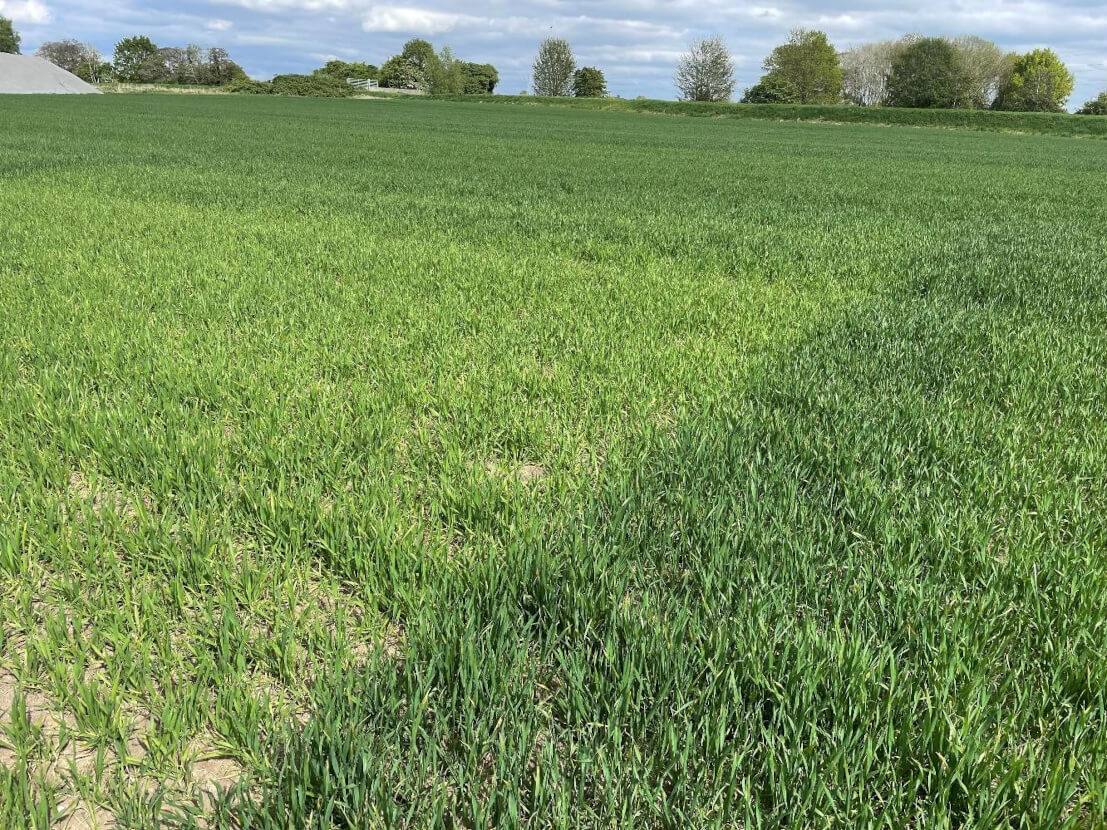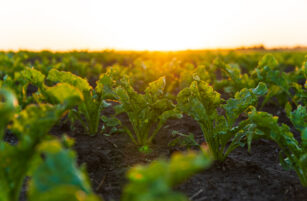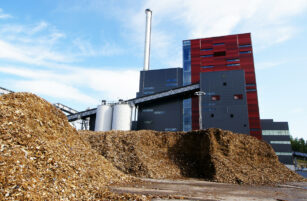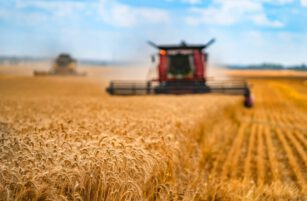Insight Focus
Dry weather and cold nights are stressing the crops. Planting is nearly finished, with new methods being tested to manage crop health. Trade pressures and policy changes are creating uncertainty.
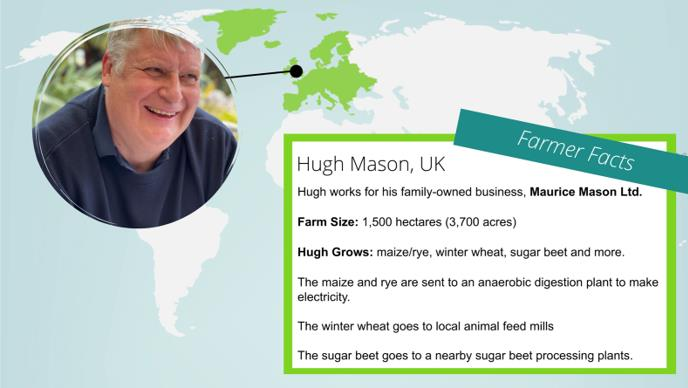
What’s Happening on the Farm?
As a farmer always does, I must mention the weather. The UK Met Office announced last week that it had been very dry, referencing data CZ readers had had six weeks earlier. And it remains dry.
We are likely to have had 17% of normal rainfall from March to May by the end of the month. The hot day/cold night scenario has continued. I now start to read of (small) yield losses to the UK crop because of frost. US research suggests that, should this continue, yield loss could become more severe. Not on my farm, but if min-till wheat looked like this in the autumn, it will be struggling today.
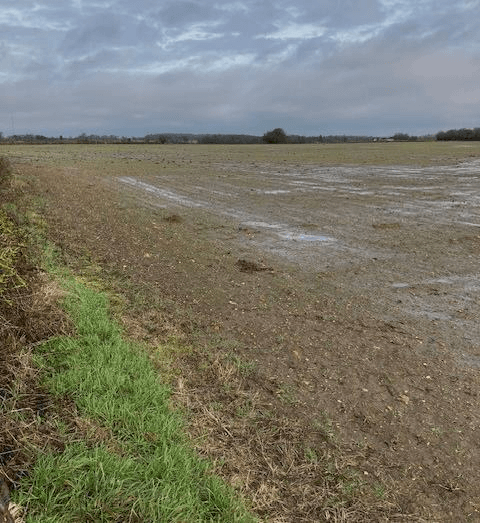
We think this weather pattern will hold for another 10 days, after which we may have above-normal rainfall. This does fit the pattern that climate change models suggest is becoming the norm here.
Farm activity has been manic, in the sense that we are planting (see below) and spraying pesticides. This—and I never understand it—always leads to breakages.
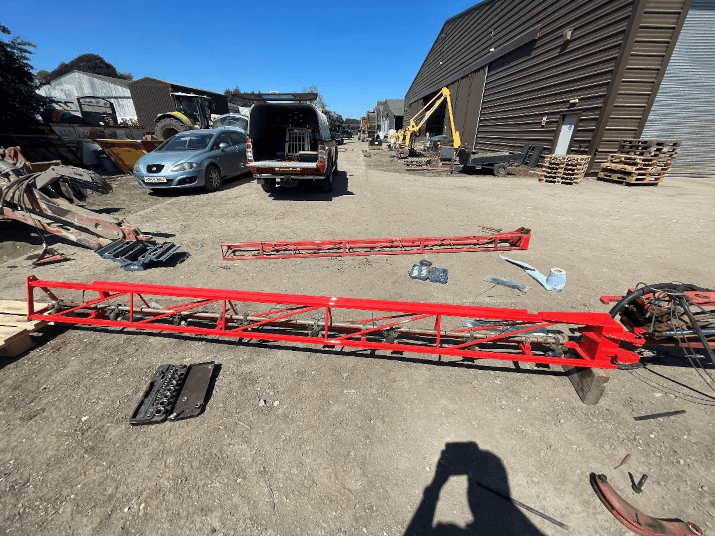
As I rushed off to get a part for the sprayer, I passed a fellow farmer mending a tractor in a lay-by. I mean it kindly: I’m glad it’s not just me.
Arthur took advantage of a socialist holiday at the beginning of May and rushed off to a machinery show, where he was rather rudely described as a “contraption” by one commentator—Luddite.

New for us this year, we have been undertaking SAP tests to highlight nutritional success or failure in our combinable crops. The idea is that this analysis highlights deficiencies in time for us to react and so maintain or increase yield.
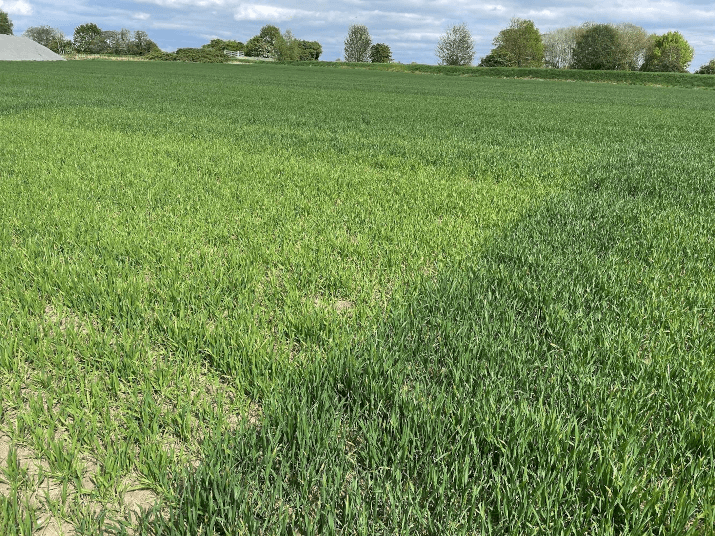
Two-thirds of the way through our other new project this year—nitrogen sampling in the leaf—it has occurred to me that we are doing this incorrectly, and so we will have to restart in the autumn.
Elsewhere, we continue to deliver wheat to our local feed mill.
Sadly, and as a direct consequence of government policy, we have lost staff from the farm. I think this is something you will see more commonly across the industry over the coming months and years.
Planning for harvest ’26 is now in full swing.
What Stage are the Crops at?
Wheat/Rye/Spring Barley
Rye continues to grow with enthusiasm, although the drought must be having an impact—as with all the crops here. They are almost certainly all going to be shorter, and the price of straw is going up. If there is a saving grace—and I’m not sure there is—it has been the cold nights, which have slowed plant development.
With both rye and wheat, disease pressure has been much milder compared with last year. Happily for the agronomists amongst us, there appears to be a new strain of yellow rust that has entered certain wheat varieties with unexpected vigour. Flag leaf emergence is happening, and so pesticide protection will be needed again shortly.
Spring barley is further behind the wheat and, currently, does not appear too bothered. Winter barley, locally, is looking very stressed, having come out into ear some 10–14 days earlier than normal.
For all the above crops, the advice now seems to be: “do this if it doesn’t rain, but you will be doomed if it does.” I will be attending many farmer meetings in the winter that will helpfully tell me what I should have done. It would be much more useful to have projection forward, rather than considered comment just before Christmas. Oh yes—my wife has started shopping!
OSR
Flowering is nearly over. Frost must have lowered yield, and drought will now also be affecting things. The more I think about this crop, the more I believe early drilling is the best way forward to address the many issues there are. Of course, the drought will break—with a thunderstorm—four hours before we put a combine in the field.
Sugar Beet
For us, really, two crops. The first has not suffered in the dry weather and is responding well to the heat of the day. Last month, I talked about a “weak” crop— that weakness is now leaving. Our second crop is where the drought has been vicious, and the crop remains very thin.
We have aphid traps out, and we worry.
I don’t think I’m the only one worrying, though. The processor has just come out with an offer to supply seed for ’26 at ’25 prices. To me, this suggests there is an acreage problem. I always thought it would be the processor that would kill the industry—now I think it’s the farmer who has had enough.
Maize
In many ways, it’s like sugar beet, although drilling follows on behind. We have all but finished planting, and emergence has been surprisingly fast—indicating very warm soils.
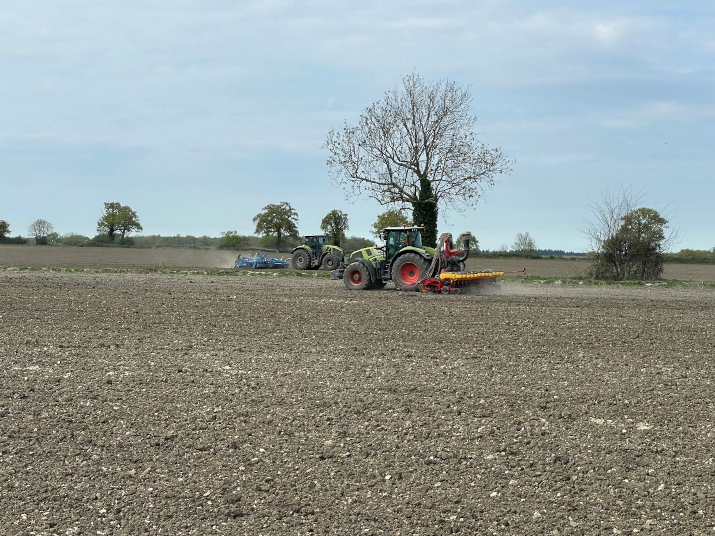
What are your Biggest Concerns?
From last month’s “Liberation Day,” we now have a UK/US trade deal. Ethanol and feed grains are likely to undermine the English farmer further, and it would be reasonable to assume this will continue to broaden over the life of this government. I presume an ethanol plant in the UK will close, reducing demand for feed wheat.
The BBC has a podcast that summarises the issues very well—for those who wish to listen—that I’ve been talking about for some time (BBC Sounds: The Landscape Revolution). I only have one comment: food is subsidised across the world one way or another. If you take the farmer out of that system, he will go bust, and the suicide rate will rise. It’s documented so don’t be surprised when it happens.
I have to worry about the weather pattern, although that’s a risk I cannot complain about (even if I often do), as my profession is about managing that risk. We have a plan, detailed within this diary, and we continue to believe in it.
We now enter a 90-day period of typically high price volatility, as the weather patterns across the Northern Hemisphere make or break us.
And on a happy note—Cecelia killed a rat this afternoon. I have no photograph.
